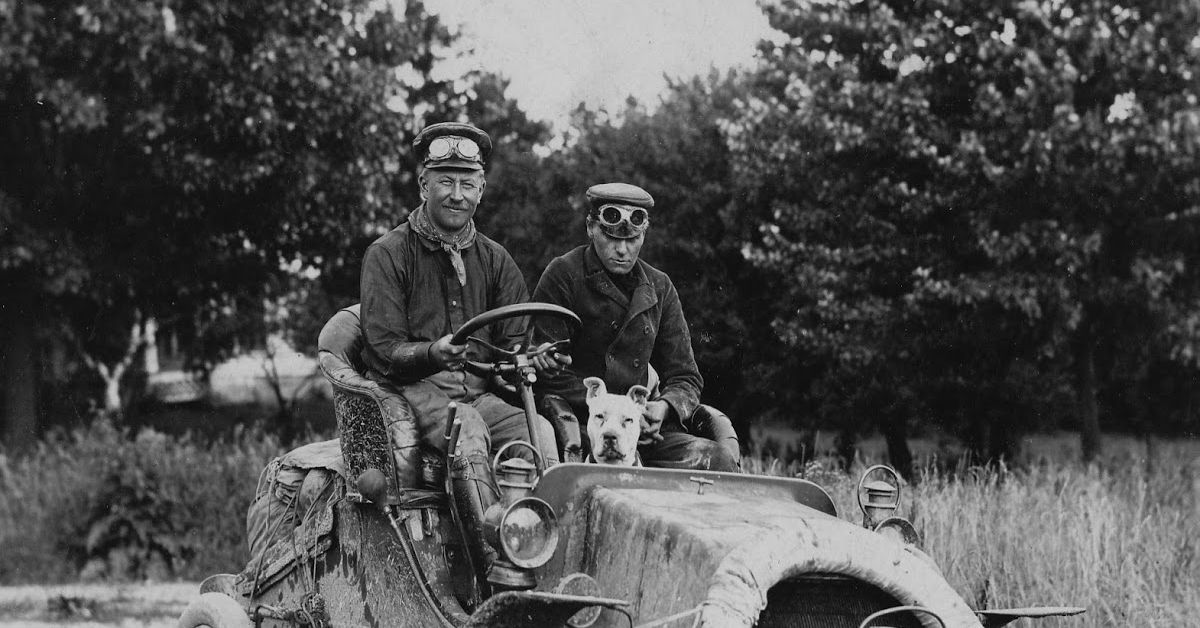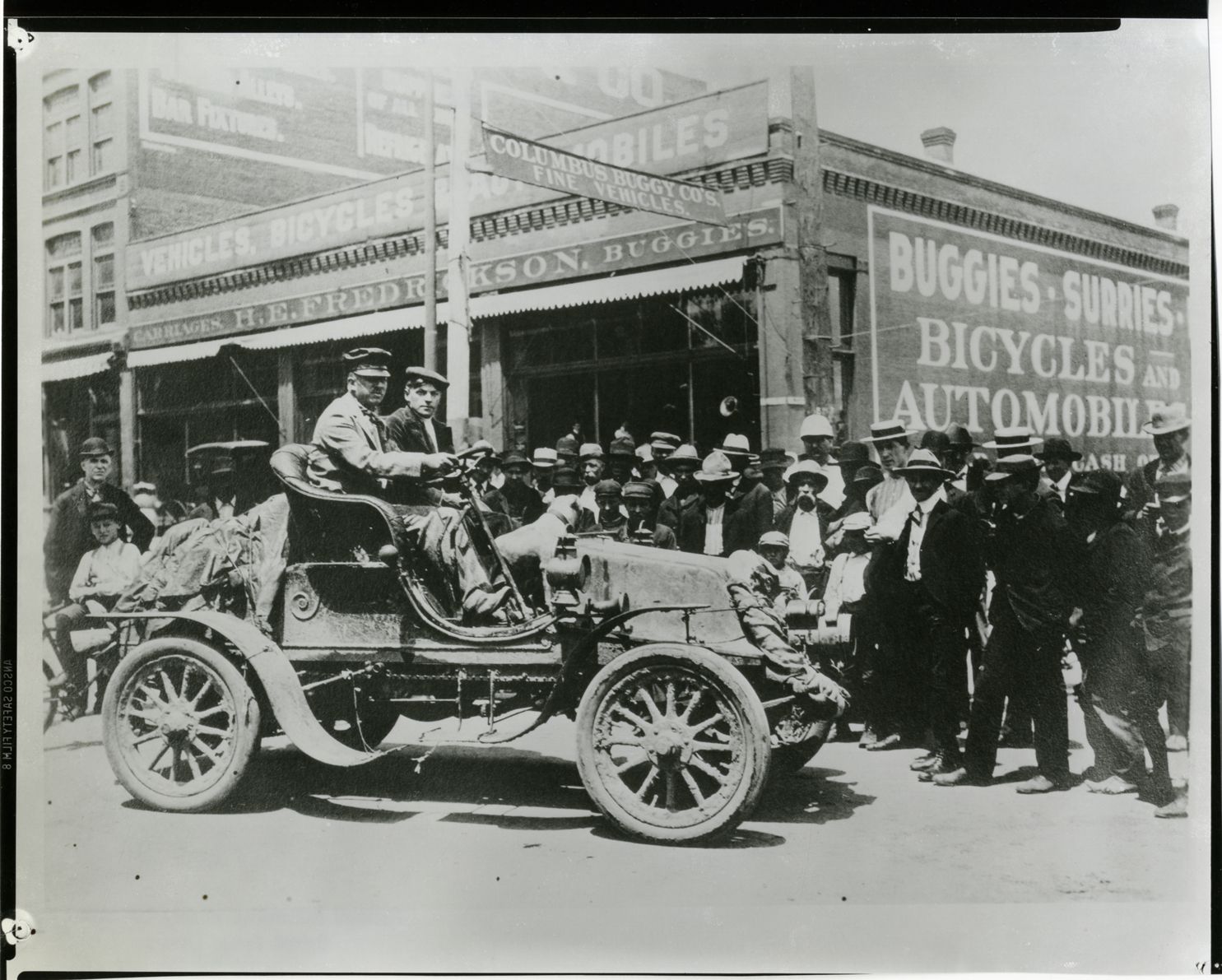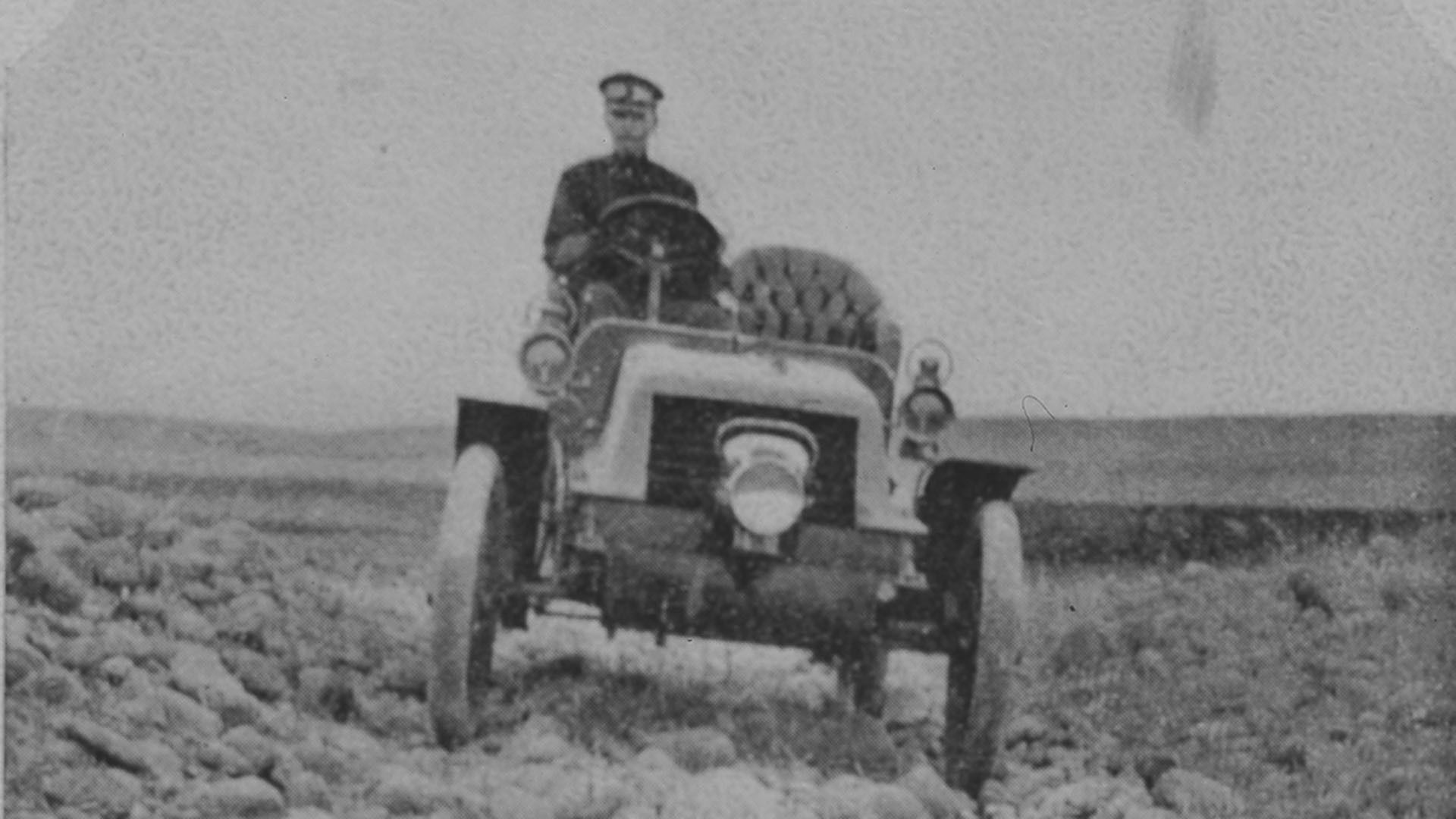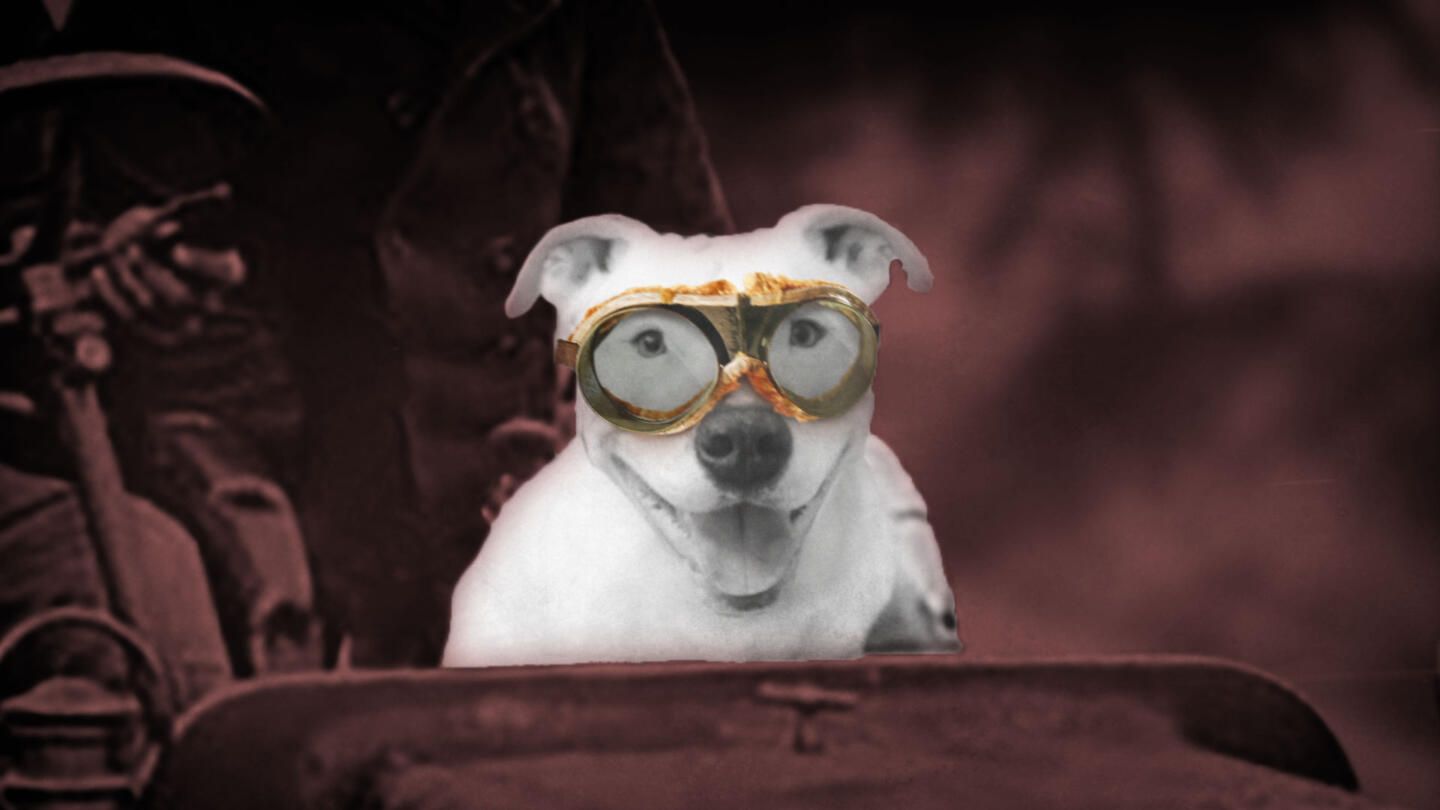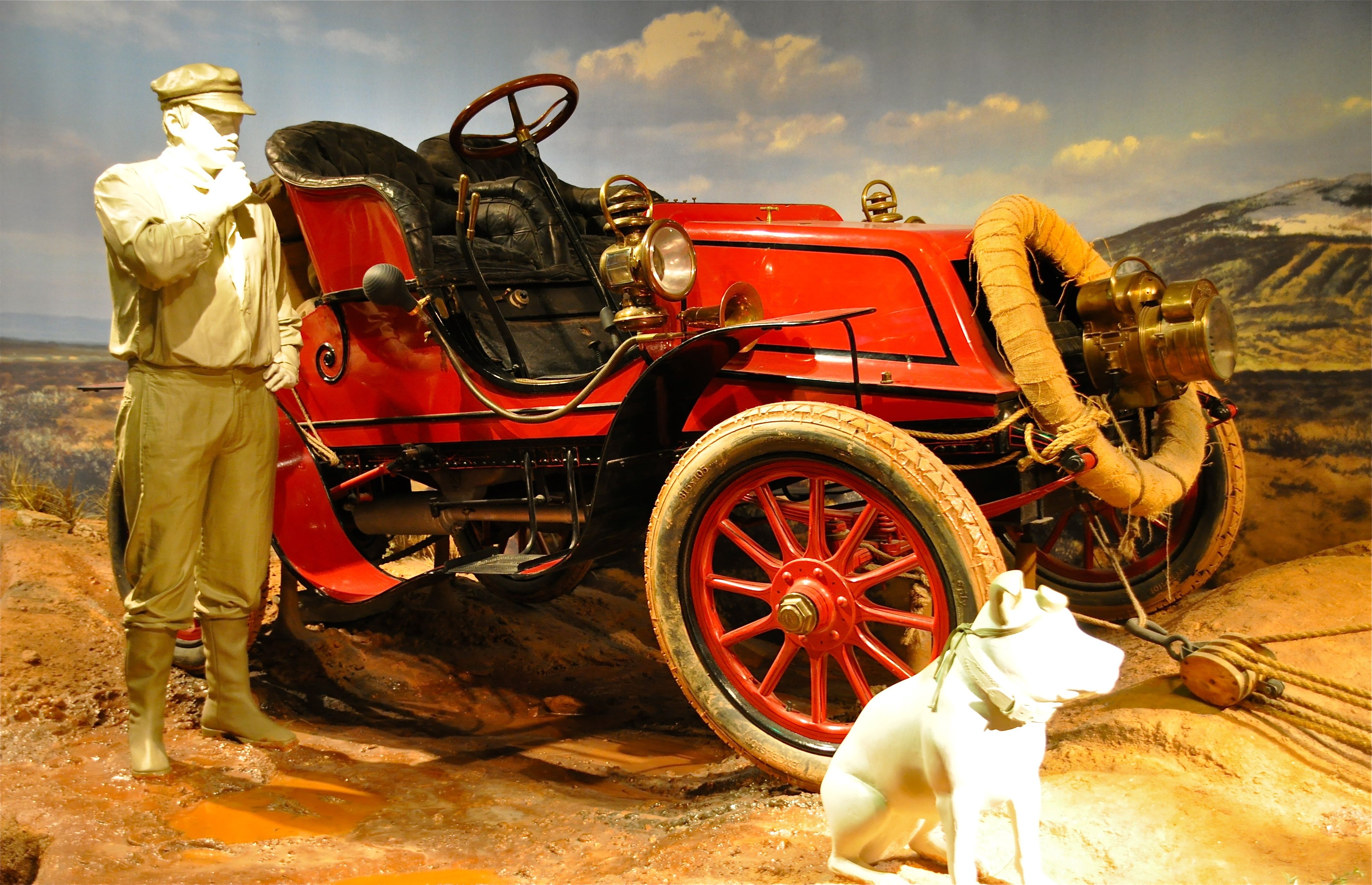For those of you who don't know, Overlanding is basically traveling through uninhabited areas while relying only on one's self. In the US, remote areas in Utah, Arizona, California, and Nevada are common places to experience this interesting pastime. While the idea of venturing into the unknown may seem a little intimidating, you should know that there never before has been a better time to try out this recreational activity.
Increased cell coverage, better equipment, and the increasingly growing Overlanding community all allow people to experience adventure in a much more accessible and safe manner. Most importantly, vehicle modifications have become much more capable and obtainable.
If you were to decide to go out on one of these expeditions today, you would likely see vehicles that have been specially modified to brave the most extreme conditions that nature has to offer. Lift kits, toughened suspension, bull bars, skid plates, and roll cages are all common sights. So, with this being the norm today, you may be asking yourself, "what was the first vehicle to be used for Overlanding?". While accounts vary, we may owe this honor to a relatively unmodified car named "The Vermont."
Here's the story of the very first car Overlanding journey across America.
It All Started With A $50 Wager
In 1903, there was a man by the name of Horatio Nelson Jackson who was attending an event hosted by San Francisco's University Club. Jackson, who was a very successful doctor from Burlington, VT, was also an automotive enthusiast (and was very vocal about how successful the automobile would be someday).
At some point during the event's festivities, the physician was approached by an individual who countered his claim of the automobile's greatness via a bet. The wager included the promise of $50 if Jackson could make it from San Francisco to New York City; Jackson accepted.
Oddly enough, Jackson didn't even possess a vehicle (or have any mechanical experience) at the time of accepting the wager. This led him to seek out a competent mechanic in the form of Seawall K. Crocker. Crocker, who was both a chauffeur and mechanic, pointed Jackson towards the car that the duo would pilot throughout the duration of the trip.
The vehicle in question was a used Winton motor carriage that boasted a 20hp two-cylinder engine. Appropriately, Jackson named it the "Vermont" because that's where it would eventually end up after arriving in NYC.
Starting An Unforgettable Journey
The trip started on May 23rd, 1903, and was anything but smooth. Just 15 miles outside of San Fransisco, the car popped a tire. After that issue was resolved, the crew continued to travel towards Sacramento and lost all of their cooking gear along the way. Days later, the Vermont was misguided 108 miles out of the way thanks to faulty directions by a stranger. After Sacramento, the duo continued to lose equipment on their way to Oregon and blew yet another tire. To fix it this time, they winded some rope around the wheel to form a makeshift tire.
On June 6th, the car broke down and had to be towed via horses to a nearby ranch. While Crocker was fixing the car, a fuel leak occurred and resulted in the loss of all their fuel. Crocker then rented a bicycle and traveled 25 miles to bring back 4 gallons of fuel (the bike tire popped on the way). The car ran out of oil three days later, prompting yet another car-less trip to retrieve some.
Doggles, A Lost Jacket, And Other Misadventures
Fast forward to Idaho, and the pair turned their group into a trio with the addition of a pit bull named Bud. When Jackson realized that the dust bothered Bud's eyes, he gave him goggles for the journey (possibly the first example of doggles). Despite drinking bad water and getting sick along the way, Bud would go on to stay with the group for the course of the entire journey.
On June 16th, it was reported that Jackson lost his jacket with all of his money and had to wire his wife for more. After this unfortunate event, the triad got lost in Wyoming for two days. Going without food and water for 36 hours, the group eventually found refuge with a shepherd. As they were leaving, they realized their wheel bearings were shot. To remedy this, they talked the shepherd into letting them use the bearings from his mower.
Now About That $50...
Omaha to Buffalo was relatively smooth sailing thanks to paved roads; except, when the group was literally thrown from the car after striking an unseen obstruction in the road (no injuries occurred). Soon after, the group arrived at their final destination: New York City. Overall, the trip took approximately 63 and a half days. Upon completion of the trip, the Vermont became the first officially recognized vehicle to travel across the American Continent.
After the expedition was over, Crocker and Jackson went their separate ways. Bud accompanied Jackson back to Burlington, VT. Once there, the road-going dog would spend the rest of his life with his co-pilot and his wife.
Jackson would continue to live an exciting life in the form of a businessman and as a soldier in WWI. Despite being too old to enlist, Jackson reached out to his acquaintance Teddy Roosevelt (yes, the president) for special permission to join. Jackson would later return from the war as a highly decorated serviceman. Jackson never did collect the $50.
As for the Vermont, Jackson would eventually donate the classic car to the Smithsonian, where it still rests to this day.

